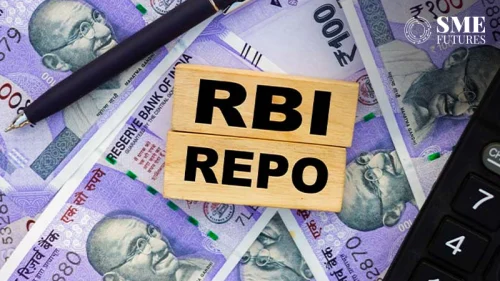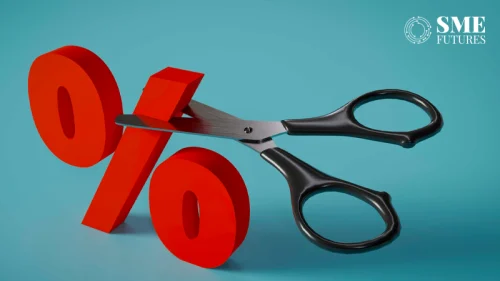India’s real estate industry has registered one of the largest improvements globally and regionally in JLL and LaSalle’s biennial Global Real Estate Transparency Index (GRETI). The country ranks 34th globally on the index, with higher levels of transparency observed in India due to regulatory reforms, enhanced market data and sustainability initiatives.
This improvement is led by the progress in the country’s REIT framework attracting greater interest from institutional investors. India has also edged into the top 20 for Sustainability Transparency through the active role of organizations like the Indian Green Building Council and Green Rating for Integrated Habitat Assessment.
The 2020 Index is launched at a time of massive economic and societal disruption where the need for transparent processes, accurate and timely data and high ethical standards are in closer focus. The backdrop of COVID-19 is also ensuring that transparency within Asia Pacific’s real estate legal and regulatory systems is more important than ever to global investors as they look to deploy approximately $40 billion* in dry powder capital into the region.
“India has seen a steady improvement in the Global Transparency Index over the years. In fact, along with Indonesia, Philippines and Vietnam, we are among the handful of countries that have seen the highest improvement owing to positive governmental support and an enhanced ecosystem of transparency. In particular, the national REIT framework has been a major contributor to transparency in India, and with ongoing progress and governance, will continue to attract more interest from institutional investors,” said Ramesh Nair, CEO and Country Head (India) JLL. “Encouragingly, India has also edged into the top 20 for Sustainability Transparency through the active role of organisations like the Indian Green Building Council and Green Rating for Integrated Habitat Assessment. I see these as extremely positive signs of how much we have covered in the real estate sector and a strong base in which to build on transparency gains,” he added.
According to JLL, pressure exists from investors, businesses and consumers to further improve real estate transparency to compete with other asset classes and meet heightened expectations about the industry’s role in providing a sustainable and resilient built environment in the age of COVID-19. Furthermore, innovative new property technology (proptech) is changing how real estate data is gathered and analyzed and influencing industry transparency at a regulatory level.
“While investment into commercial real estate has inevitably paused during the pandemic, the overarching trend toward rising allocations to this asset class will continue. As investors look to allocate more capital into Asia Pacific real estate, transparency becomes fundamentally more important, as will the enforcement of robust regulatory frameworks,” said Dr. Samantak Das, Chief Economist and Head – Research & REIS, India, JLL.
Emerging markets have once again shown the greatest advancement in the Index, with six Asia Pacific markets – Mainland China (32nd), Thailand (33rd), India (34th), Indonesia (40th), Philippines (44th) and Vietnam (56th) – among the top 10 biggest improvers globally. Mature markets such as Australia (3rd) and New Zealand (6th) have maintained their positions near the top of the global ranking.
Greater transparency translates into higher investments
Over the last decade, India has shown promising developments and is now at the cusp of being ‘Transparent’ within the GRETI 2020 rankings. At the same time, India’s rank in World Bank’s ‘Ease of Doing Business Ranking’ improved significantly from 142 in 2014 to 63 in 2019.
Amongst the indicators used to measure the ease of doing business, the country’s ranking for ease in obtaining construction permits witnessed the highest jump from 182 to 27 in the same period. This significant jump is a testimony to the fallout of the several reform measures introduced by the government to remove red tape and increase efficiency in undertaking business. Within the realty sector, key structural reforms such as the Real Estate Regulation and Development Act 2016 (RERA), GST, Benami Transaction Prohibition (Amendment) Act, 2016, Insolvency and Bankruptcy Code, digitization of land records etc. have brought about greater transparency in what was an erstwhile largely unregulated sector a few years back.
Institutional flow of investments into India real estate
In both Asia Pacific and outside of the region, JLL’s research concludes that sustainability commitments have become the biggest single driver of real estate transparency globally since 2018. An increased focus on corporate social responsibility and acknowledgement of the need to create sustainable buildings bring environment, social and governance (ESG) considerations into the mainstream. Additionally, green building certification systems and energy efficiency standards are widespread in the region’s most transparent markets and the most improved national real estate sectors.
Another key driver of transparency is the volume of real estate market data now available due to the growing adoption of Proptech platforms, digital tools and “big data” techniques. Although real estate markets have historically faced challenges when implementing new technology, the COVID-19 pandemic is leading to an acceleration in new types of non-standard and high-frequency data – especially relating to health, mobility and space usage – being collected and disseminated in near-real-time.
Going ahead, it is amply evident that real estate transparency will be driven by technology led innovation and sustainability with a focus on health & wellness. The COVID-19 pandemic is likely to help fast-track digitization and stimulate innovation in the use of technology. We could see the confluence of proptech and medtech in the next generation of smart buildings. It is significant to note that India is fast progressing on both the vital aspects of proptech and sustainability, which will be the torchbearers of real estate transparency in the coming period.











